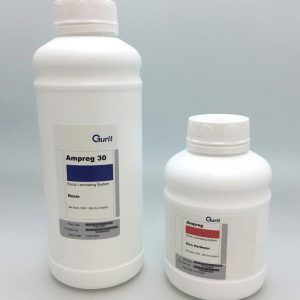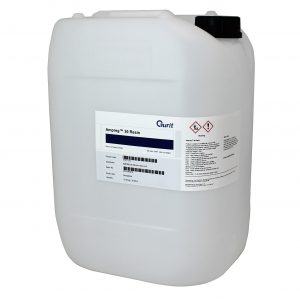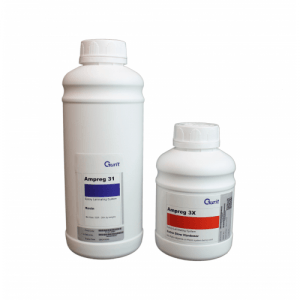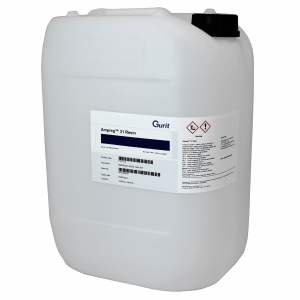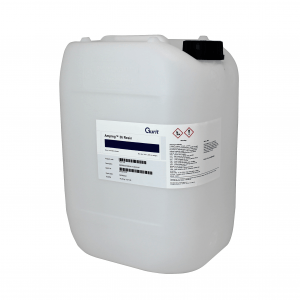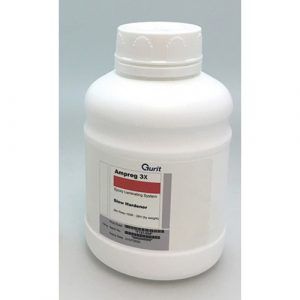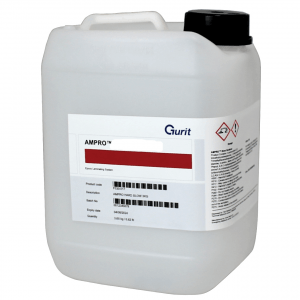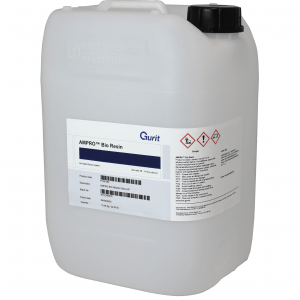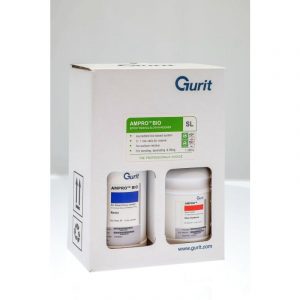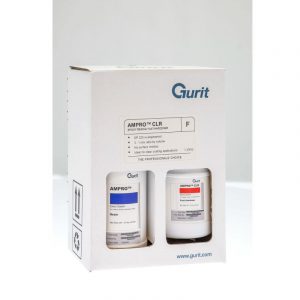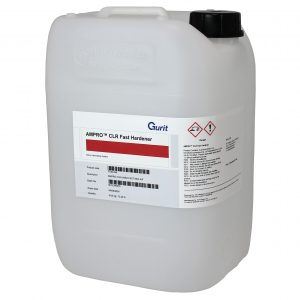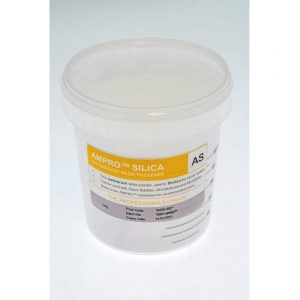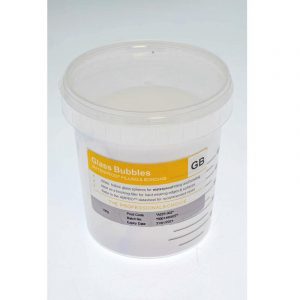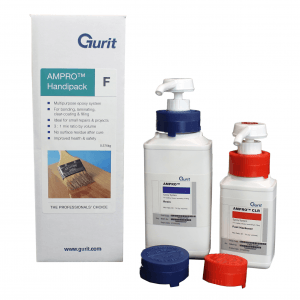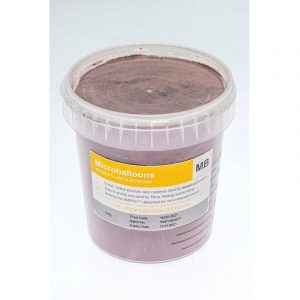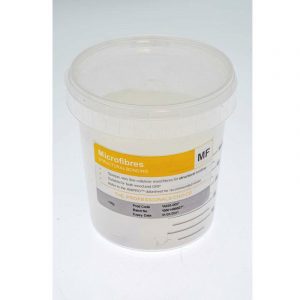Category
Price
We can supply a full range of Epoxy from the manufacturers above.
We are only able to ship Epoxy within the UK Mainland.
Please only purchase paint/chemicals by 1 manufacturer per order.
All prices are +VAT.
Six Reasons For Using Epoxy In Fibreglass Boat Repairs
Epoxy has what it takes to fix your fibreglass boat. It’s versatile, strong, and reliable.
Fibreglass boats, like all boats, get damaged. It’s inevitable. Collisions and groundings cause everything from small nicks to serious structural damage. Longer-term problems like water osmosis, delamination and blistering can leave you frustrated and off the water too.
For many years, the automatic response to many issues was to reach for polyester resin. But as hulls have become thinner, lighter and more flexible, they’ve become harder to repair – especially with polyester resin. Step forward epoxy…
Epoxy is a great adhesive
One reason that an epoxy product is so useful for fibreglass boat repairs is that it’s an incredibly effective adhesive. It creates a resilient bond to fibreglass, cured polyester laminates, wood and metals – even when you only use a thin film. Polyester resin struggles in comparison.
Epoxy is ideal for wetting out fibreglass
If you’ve ever tried to spread cold butter on a piece of toast, you’ll know roughly what it’s like to wet out fibreglass using polyester resin. You need to work hard to get an even, consistent coating – normally using a foam roller, brush or metal paddle roller. With epoxy, it’s like using warm butter – the epoxy does the work for you. Brush the surface you want to wet out, leave it, and the resin will get to the right places and wick right into the fibres. Which means less time working, and more time eating toast.
Epoxy works well as a thin film
Polyester resin struggles to cure when it’s exposed to air. So when it’s used as a thin film it stays sticky and tacky, because a higher percentage of the resin you’re using is exposed. As a result, it has limited use if you want to repair well-cured fibreglass laminates using only a thin film. Epoxy doesn’t have the same problem. It works as an adhesive, coating and laminating resin even when used as a thin film – and it’s less likely to develop micro-cracks too.
Epoxy works at a range of temperatures
Polyester resin manufacturers typically recommend that you use their products in temperatures of 15°C or higher, which can be a problem if your workshop drops below that. Use the right hardener in your epoxy mix, however, and you can work on repairs at temperatures as low as 5°C by following the guidelines for using epoxy in cold conditions. Epoxy works well in hot conditions too.
You can control how quickly epoxy cures
By using different hardeners, you can tailor how quickly epoxy cures, giving you more control over your repair. And while you can add a catalyst like MEKP (methyl ethyl keytone peroxide) to polyester resin to tailor curing times in cold temperatures, using a catalyst creates a less effective bond.
Epoxy shrinks less than polyester
Polyester shrinks as it cures because the styrene molecules evaporate. That’s less of a problem on small fixes, but if you’re repairing a big area it can cause a major headache. The shrinkage adds stress to the repair before you’ve even towed your boat back to the water, immediately putting extra pressure on the adhesive. Epoxy shrinks far less. So the bigger the repair, the more important it is to use epoxy.
Epoxy In Wooden Boat Repairs
Epoxy resins have superior ability to bond to wood, they are much less porous and have superior gap filling ability.
As with most things in life you get what you pay for.
Good quality marine epoxies are expensive.
The less you pay the more likely it is that the resin has been diluted. Whether it’s been diluted with cheap filler or non solvent thinner it will reduce its quality.
Stick to (sorry about the pun) a good quality, well known brand of ‘marine’ epoxy, it’ll pay in the end.
Mixing
All epoxies come in two parts, the resin and a hardener (curing agent).
Mixing ratios will vary from one product to the next.
It is always best to stick to the recommended ratios. However curing times can be altered by altering the ratio. But beware some products are less forgiving than others.
Mixing must be thorough.
The working time (pot life) is the interval after mixing during which the epoxy can be applied. This will vary according to the product used.
Only mix the amount that you will have time to apply during the ‘pot life’.
Make sure you have all the components, tools, etc ready before mixing.
At the end of the ‘pot life’ the mixture will begin to get warm and can become dangerously hot. Be careful especially if using plastic mixing pots.
Although the epoxy will ‘harden’ quite quickly the actual ‘curing’ can take days before full strength is attained.
Most epoxies are best used when temperatures are between 15C (60F)and 25C (80F) and when humidity is low. An increase in the temperatures will reduce the working time but will thin it making it easier to spread.
Thickening
There are numerous epoxy resin thickeners which are available commercially, such as micro balloons and silica.
Most are strong and sand easily and are available in a range of colors.
Glass Cloth
A layer of fiberglass cloth is used to add a high degree of protection, strength, abrasion and impact resistance. There are a number of different forms.
Chopped glass strands, these are low cost adding bulk and stiffness but not much strength.
Woven and knitted cloths where the strands are aligned to give multi-directional strength.
Unidirectional cloths where the strands are mostly aligned in one direction to give longitudinal strength.
These are available in varying sizes from tape to sheets.

